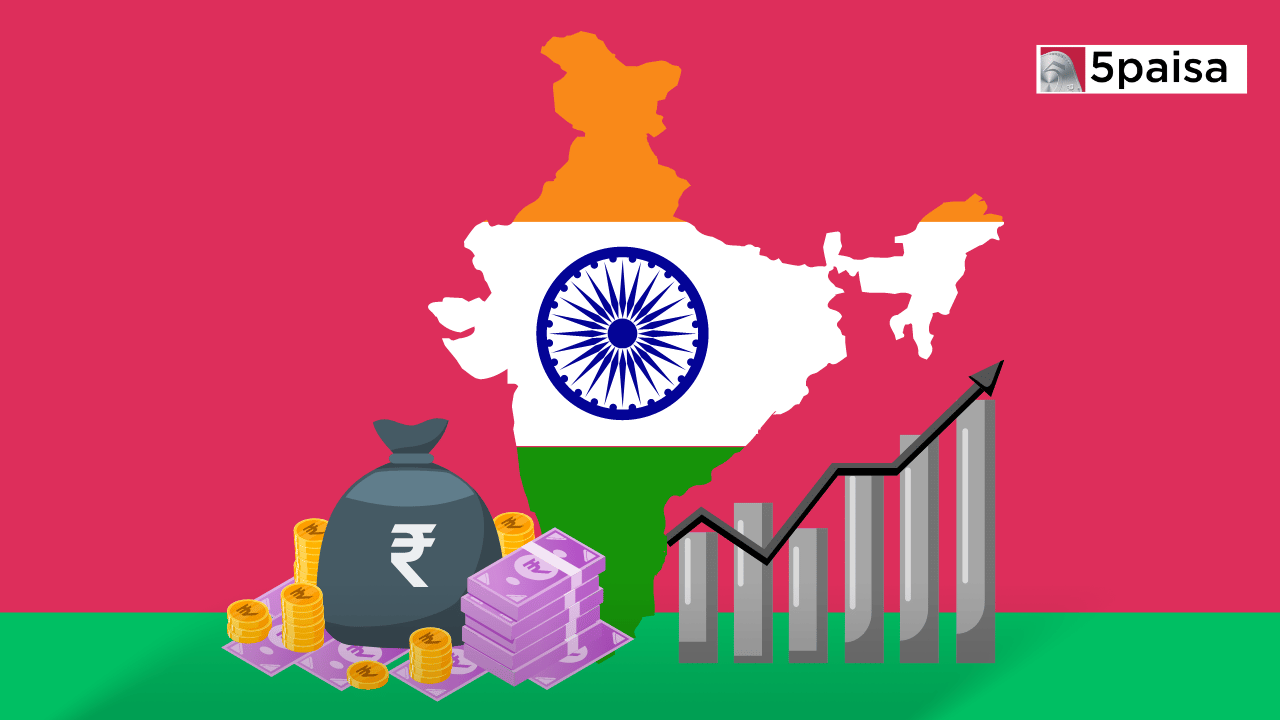Mixed Economy in India: Features, Advantages and Challenges

Last Updated: 7th October 2025 - 04:01 pm
The Indian economy is often described as a mixed economy that combines the strengths of capitalism with the ideas of socialism. After gaining independence in 1947, India chose this model to balance economic growth, social justice, and inclusive development. Unlike purely capitalist economies that depend heavily on private companies or socialist economies that focus on state control, India’s mixed economy allows both the public and private sectors to play important roles.
In this article, let’s explore the features, advantages, and challenges of India’s mixed economy, and why this model continues to define India’s growth story.
What is a Mixed Economy?
A mixed economy is an economic system that incorporates elements of both capitalism (private ownership and profit-driven activities) and socialism (state ownership and welfare orientation). In such a system, markets operate freely to encourage competition and innovation, while the government intervenes to regulate industries, ensure equitable distribution of resources, and provide essential services.
In India, this balance means, while the government invests in infrastructure, welfare schemes, and industries of national importance such as defense, railways, and energy, the private sector drives entrepreneurship and innovation.
Features
One of the most important features of India’s mixed economy is the coexistence of the public and private sector. It is the economy where private enterprises are encouraged to participate in manufacturing, services, and trade, and the government controls all major sectors like railways, defense, energy, and public infrastructure. This twin structure ensures that both, profit-driven proficiency and welfare-driven policies work collectively.
Another feature is the role of government regulation. The Indian government makes policies, laws, and systems of taxation to prevent monopolies, protect consumers, and ensure fair competition. For instance, acts like the Consumer Protection Act and competition laws ensure that private companies do not misuse their power.
The Indian mixed economy also focuses on social welfare and not just growth. This means that while private companies look for profits, the government makes certain there exist schemes like subsidies on food, rural employment guarantees, free education, and public healthcare. Such initiatives provide security to vulnerable sections of society who may be left out in a purely capitalist system.
Moreover, a mixed economy encourages balanced regional development. While private companies concentrate in profitable urban areas, the government invests in underdeveloped regions through infrastructure projects, rural development schemes, and special economic zones. This helps in reducing inequality between urban and rural India.
Lastly, India’s mixed economy gives much importance to planning and policy-making. Since Independence, Five-Year Plans, the NITI Aayog, and various sector-specific policies have guided development. While markets drive innovation and efficiency, government intervention ensures stability and long-term vision.
Advantages of Mixed Economy in India
The biggest advantage of this system is that it combines the best of both worlds. The private sector brings in innovation, competition, and efficiency, while the government ensures equity, welfare, and protection from exploitation. This balance has helped India achieve rapid industrialisation, technological growth, and rising foreign investment.
Through schemes like MNREGA, PDS (Public Distribution System), and subsidies, the government ensures that even marginalised sections benefit from economic progress. At the same time, industries and startups thrive under liberalisation policies.
Mixed economy also gives economic stability. Government policies such as monetary and fiscal measures regulate inflation, unemployment, and supply-demand imbalances. This prevents the extreme boom-and-bust cycles often seen in purely capitalist economies.
Challenges of Mixed Economy in India
Despite its advantages, India’s mixed economy faces certain challenges. The overlap of private and public sectors sometimes creates inefficiencies. Government-owned enterprises may become bureaucratic and less competitive compared to private companies.
Another challenge is corruption and red tape. Excessive regulation can discourage entrepreneurship and lead to delays in business approvals. Similarly, subsidies and welfare schemes, though well-intentioned, are often plagued with leakages.
Income inequality also remains a major issue. While private companies generate wealth, it often gets concentrated in the hands of a few industrialists, leaving large sections of the population with limited opportunities.
Lastly, balancing welfare with fiscal discipline is a continuous challenge. The government needs to spend on education, healthcare, and infrastructure, but excessive subsidies and welfare schemes can strain the national budget.
The mixed economy model of India has been the backbone of its growth story since Independence. By combining the efficiency of private enterprises with the welfare-oriented approach of the government, India has managed to strike a balance between growth and social justice. However, challenges like corruption, inequality, and inefficiencies must be addressed to make the system stronger. With proper reforms, India’s mixed economy can continue to drive progress while ensuring inclusive development.
- Flat ₹20 Brokerage
- Next-gen Trading
- Advanced Charting
- Actionable Ideas
Trending on 5paisa
Indian Stock Market Related Articles
Disclaimer: Investment in securities market are subject to market risks, read all the related documents carefully before investing. For detailed disclaimer please Click here.

 5paisa Capital Ltd.
5paisa Capital Ltd.
 5paisa Capital Ltd
5paisa Capital Ltd



